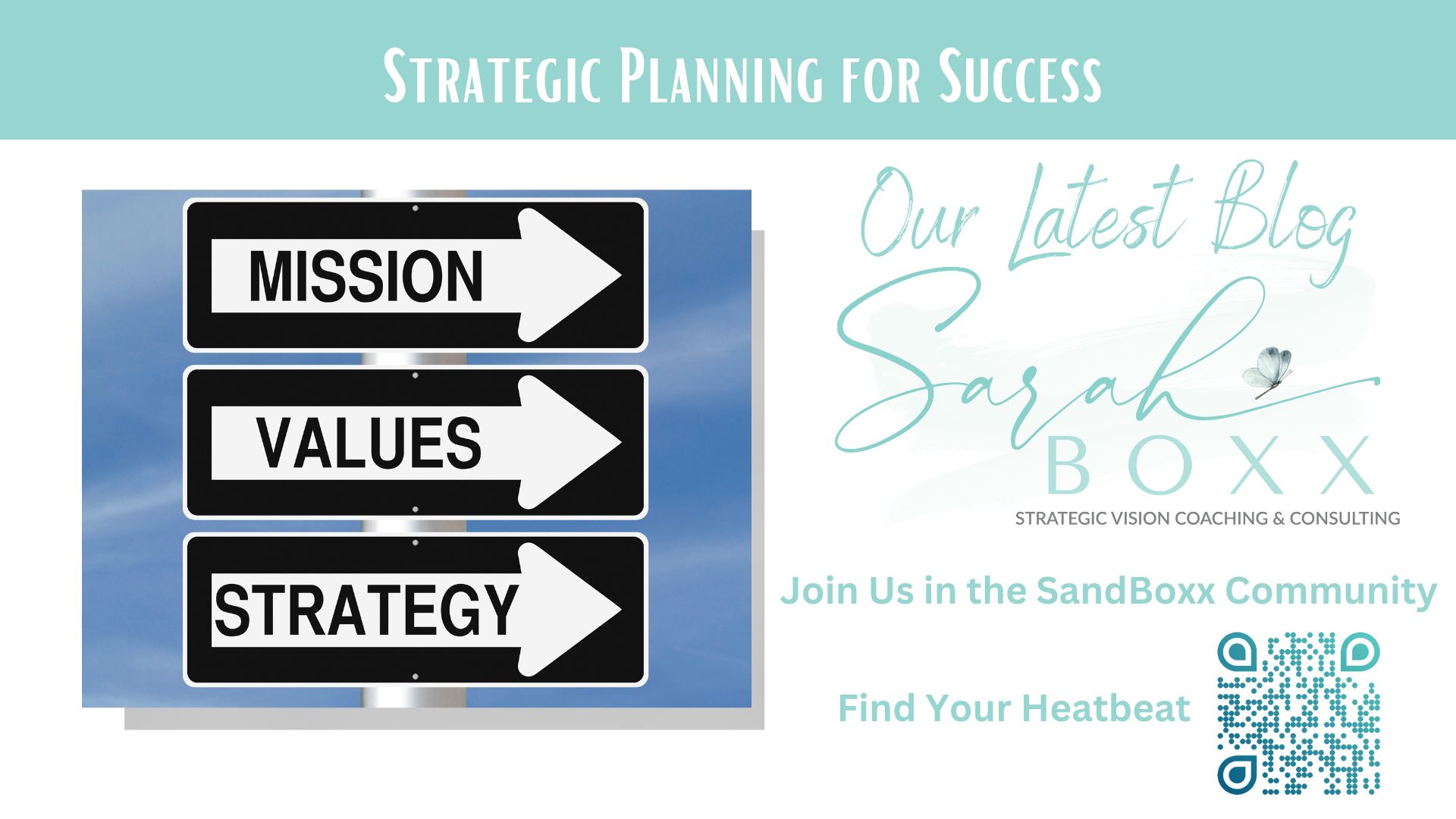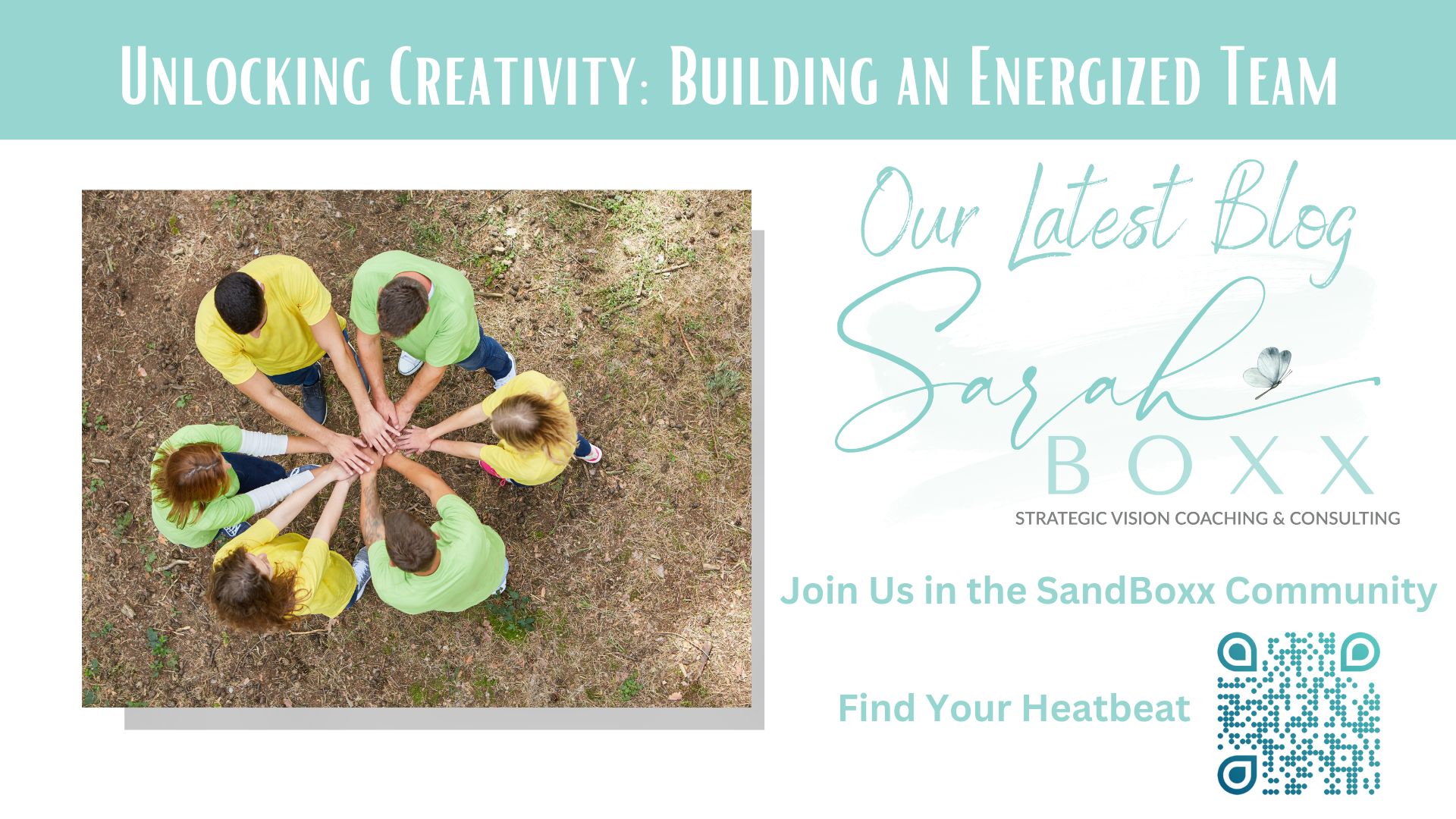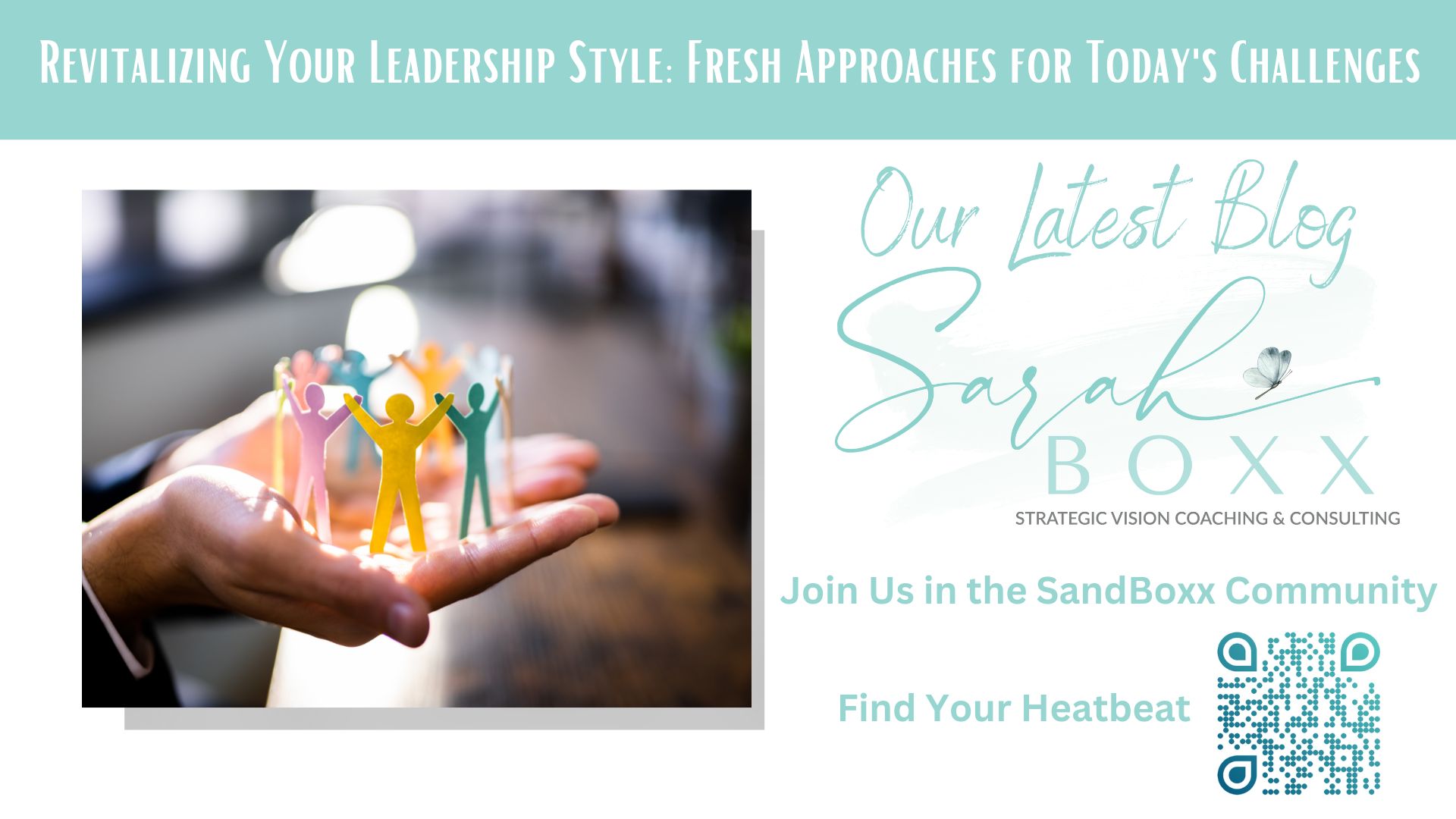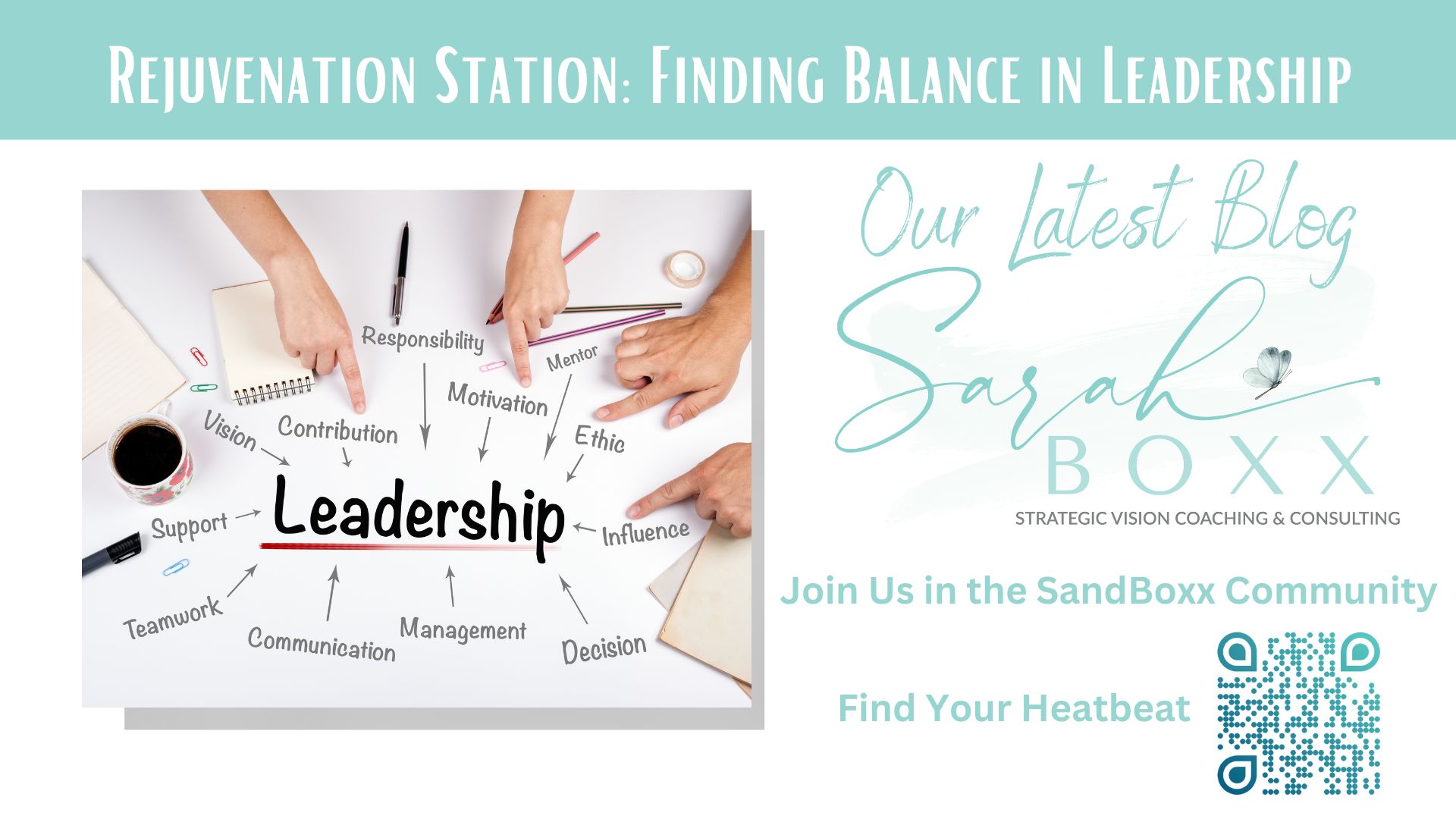Last week, we explored how diagnosing your nonprofit’s health shapes effective communication. This week, we advance into strategic planning, transforming that understanding into actionable strategies.
Strategic Planning: Crafting a Responsive Blueprint
Strategic planning involves two key components: Strategy, the dynamic application of resources to meet your mission, and the Plan, which documents these strategies into actionable steps. We focus on crafting a strategy that aligns your organization’s core capabilities with external opportunities and ensures sustainability and effectiveness.
The Art of Strategy
Creating an effective strategy requires a deep understanding of both the environment in which your organization operates and the internal dynamics that drive it. It’s about aligning your organization’s core capabilities with the opportunities identified during the diagnostic phase. This alignment ensures that strategic efforts are not only practical but sustainable.
“Consider Strategy Creation Like Gardening Through the Seasons.”
Consider strategy creation like gardening through the seasons, which demands the right timing and conditions for growth. Just as planting seeds in winter is unwise, launching new initiatives without the proper groundwork leads to wasted efforts. It’s about choosing the right initiatives, preparing your organizational foundation, and ensuring resources aren’t stretched too thin.
You wouldn’t plant tomatoes in winter. Why initiate projects without the fertile ground of a well-prepared strategy?
While strategy sets the direction based on a thorough analysis of internal and external factors, planning translates these strategic goals into a detailed roadmap. This roadmap outlines the specific actions, timelines, and resources required to achieve your strategic objectives.
Brainstorm Creative Inclusivity
I want to share an exercise that gave me much relief, confidence, and energy. You could try it using a proposed strategy or output in your evolving plan.
- Share the draft with your team. Don’t attempt to “sell” or convince them of your idea(s). This is the time to be open and listen, not justify or explain.
- What else could we do that would be better? Write down the ideas. No explanations or justifications are allowed. Write them as they are offered. You may be surprised to find relief when you see how many ways you can move forward.
- Set the list aside for at least a day or two (longer is better), then revisit it. Ask the team to sequence the list to prioritize the items with the highest return value and lowest resource drain.
When we did this as a team, my draft approach became better than I’d imagined. All doable and helpful. We’re tackling the prioritization next.
Your Turn
Share your insights and ideas in the comments.
Join our email community to stay current and know when you can participate in the Transformation Room Experience.





